Curious about how to start a successful garden during the colder months? Many new gardeners assume that winter means a pause in planting, but that couldn’t be farther from the truth.
Winter sowing is a seed-starting technique where seeds of certain vegetables, flowers, and herbs
are started outdoors in containers in late autumn or winter. The cold weather stratifies the seeds
and prompts germination when the time is right.
In fact, winter sowing is a great opportunity to plant hardy vegetables that will reward you with an early harvest once spring arrives.
Ready to fill your garden beds with life, this guide will introduce you to the 9 best vegetable seeds for winter sowing, providing practical advice to help you get started.
1. Kale

Kale is one of the best vegetable seeds for winter sowing. It’s extremely cold-hardy and gets sweeter after exposure to frost.
The leaves grow tender and crisp, perfect for salads, soups, or stir-fries. Kale is extremely resilient, with certain varieties able to survive temperatures as low as -10°F (-23°C).
When sowing kale seeds in winter, aim to plant them in a location with full sun during the day. This will allow them to make the most of the limited light.
You can start kale seeds outdoors in containers or directly in the ground if your soil is not frozen. For beginners, it is best to use a cold frame or simple row cover to protect the seedlings during very cold snaps.
2. Carrot
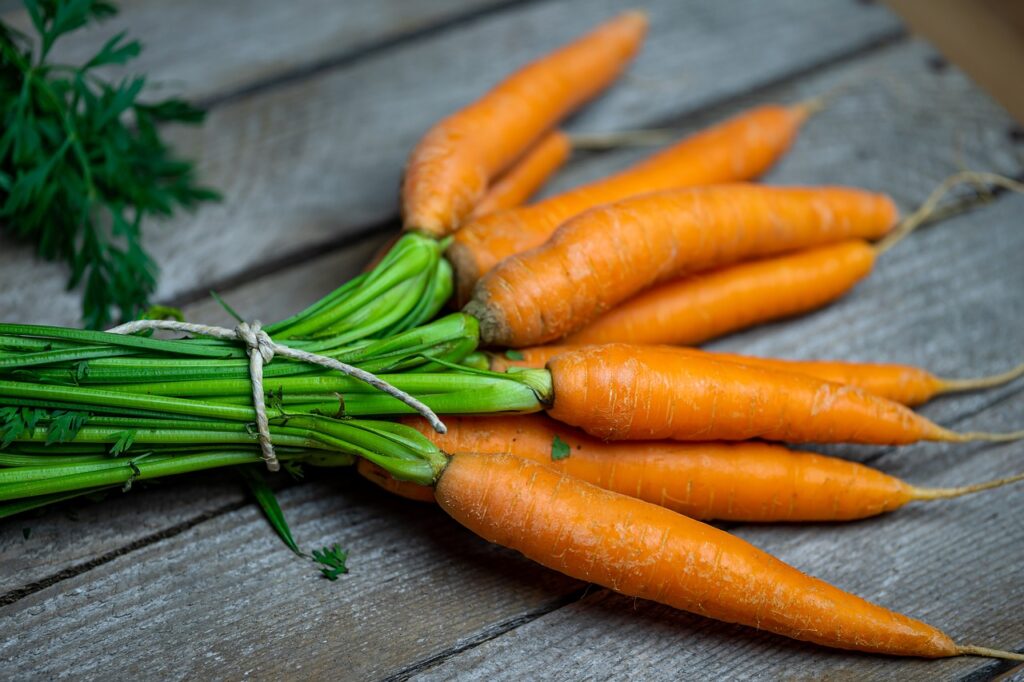
Carrots might not seem like an obvious choice for winter sowing, but these root vegetables can handle cold soil.
When planted in the winter, carrot seeds rest in the soil until the weather warms, and then they start growing.
The advantage here is that the seeds get a head start before spring planting begins. Carrots grown through winter sowing often have a better shape and flavor because they grow steadily as the temperatures rise.
Another benefit of carrots is their storage ability, you can harvest and store them for long periods without losing quality.
3. Lettuce
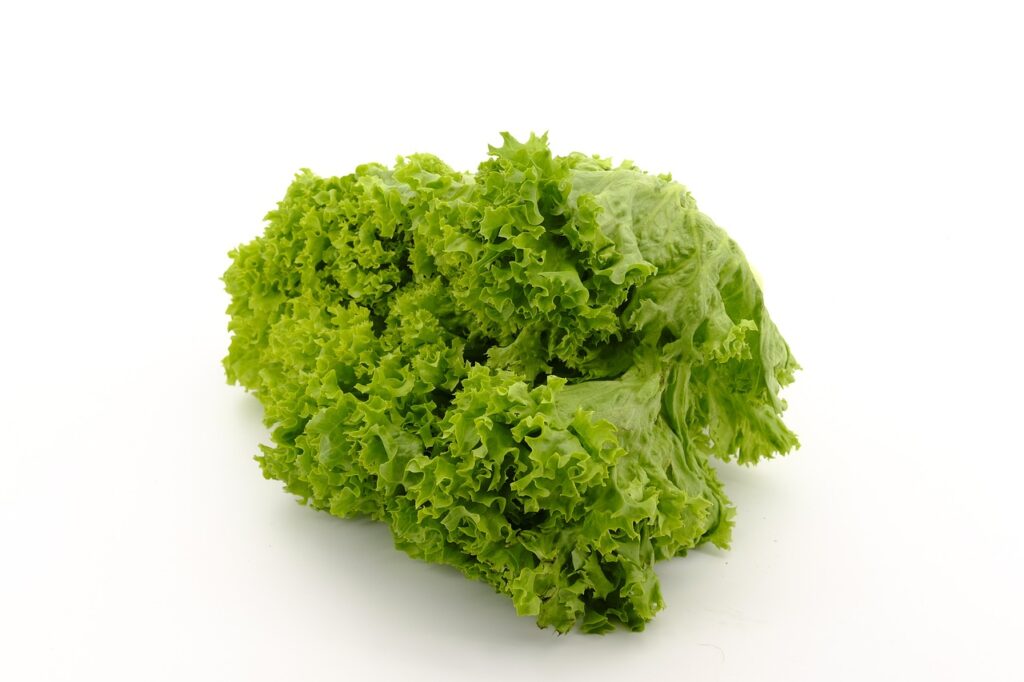
For those who love fresh salads, lettuce is an excellent option for winter sowing.
Hardy lettuce varieties can sprout when planted in the winter, and you’ll be able to harvest fresh, crisp leaves as soon as the weather warms.
Lettuce doesn’t mind cool temperatures and grows quickly once conditions improve. Winter-sown lettuce also tends to be more tender than those planted in the summer heat.
Plus, it allows you to enjoy fresh greens early in the season when store-bought produce is often expensive. You can experiment with different varieties like romaine, butterhead, and leaf lettuce to add diversity to your garden.
4. Cabbage
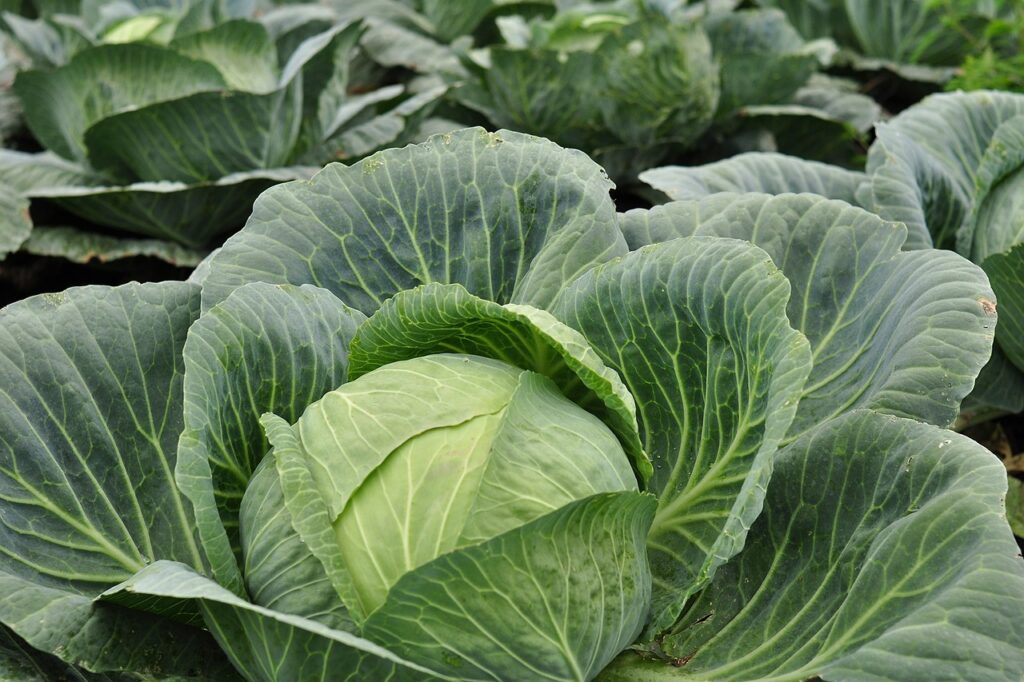
Cabbage is a cool-season crop that can thrive in lower temperatures. Certain varieties, known as winter cabbages, are particularly well-suited for this method, as they can withstand colder conditions and grow through the winter months.
Seeds sown in winter often germinate earlier in spring compared to those sown in spring, as they have been acclimatizing to the cold soil. Growing cabbage in winter minimizes exposure to common pests like cabbage butterflies, which are less active during colder months.
This can lead to healthier plants and less need for pest control measures. Sow seeds directly into prepared beds or containers in early fall.
Choose cold-hardy varieties such as Huron, OS Cross, and Danish Ball Head. Use row covers or fleece to shield young plants from frost and harsh winds.
Winter-sown cabbages generally require less frequent watering as they rely on natural moisture from snow and rain. Ensure that the soil does not become overly soggy, as this can lead to root rot.
5. Spinach
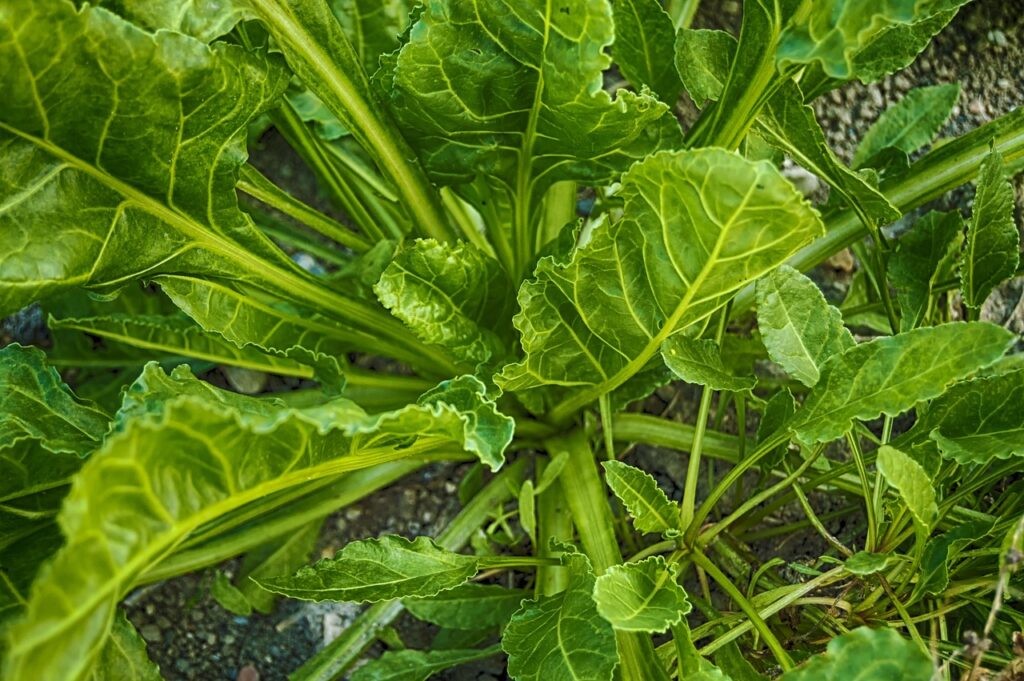
Spinach can thrive in temperatures as low as 15°F to 20°F (-9°C to -6°C) and can survive even lower temperatures with proper protection.
It is known to withstand light freezes unprotected and can continue to grow when temperatures are above 40°F (4.4°C).
As temperatures drop, spinach increases its sugar content, which acts as a natural antifreeze, enhancing its resilience against cold.
Spinach should be planted 6 to 8 weeks before the average first frost date. This timing allows the plants to establish roots before the cold sets in.
Spinach prefers well-drained soil enriched with organic matter. It can be sown directly on frozen ground or into cold soil.
Utilize row covers, cold frames, or hoop houses to improve yields and provide insulation against harsh weather conditions.
6. Peas
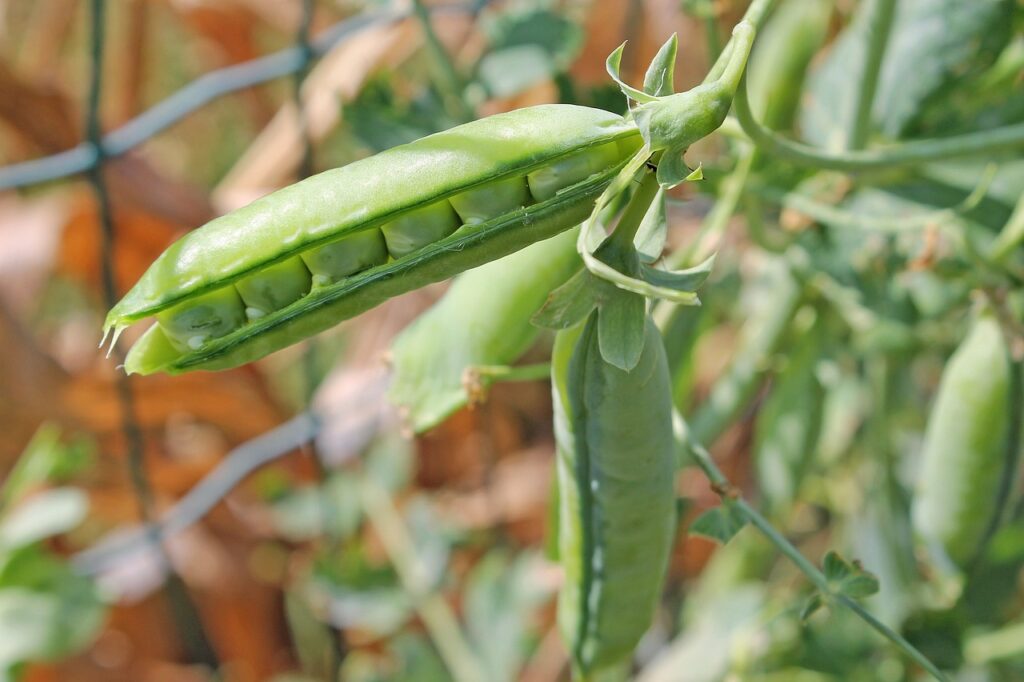
Some pea varieties, especially Austrian winter peas, are designed to survive winter conditions in hardiness zones as low as 40°F (4°C). They can tolerate cold temperatures and even benefit from snow cover, which provides insulation against harsh weather.
Winter sowing allows peas to germinate and establish roots before the spring thaw, resulting in an earlier harvest compared to spring-sown peas.
Overwintering peas can act as a cover crop, improving soil health by fixing nitrogen and preventing erosion. This makes them beneficial for soil fertility.
Sow seeds early fall to allow adequate time for root establishment before winter sets in. Plant peas at a depth of around 3 inches for better insulation and survival rates. Consider intersowing with cereal crops like oats or rye, which can provide additional insulation and compete against weeds while allowing the peas to thrive.
Ensure well-drained soil with a pH of around 6.5. Peas do poorly in waterlogged conditions, so proper drainage is essential.
7. Broccoli
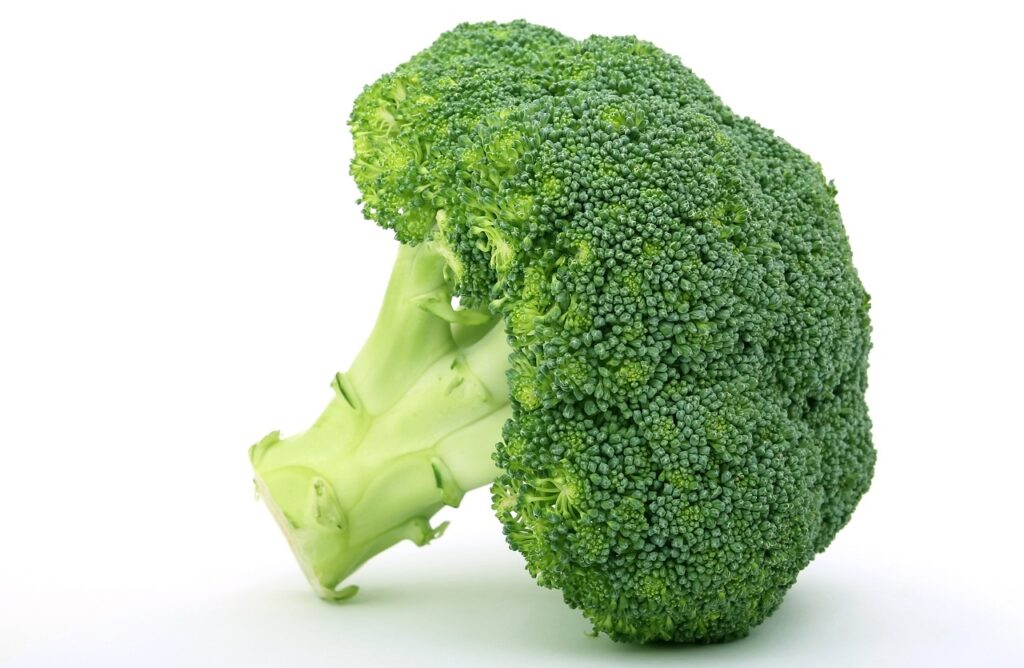
Broccoli can germinate in soil temperatures as low as 40°F (4°C). Winter sowing allows broccoli to establish roots before the spring thaw, leading to an earlier harvest. The natural cold stratification process that occurs during winter helps produce hardier seedlings.
These plants are often more resilient to pests and diseases reducing the need for intensive care. Sow seeds in late summer or early fall to allow them to establish before winter sets in.
Use well-drained soil enriched with organic matter. Ensure that the planting site has good drainage to prevent waterlogging, which can damage young plants during cold spells.
Use row covers to provide additional insulation against extreme temperatures and protect seedlings from harsh weather conditions.
Plant seeds about ½ inch deep and space them adequately to allow for growth. Thinning may be necessary once seedlings emerge to ensure proper air circulation and nutrient access.
8. Beet
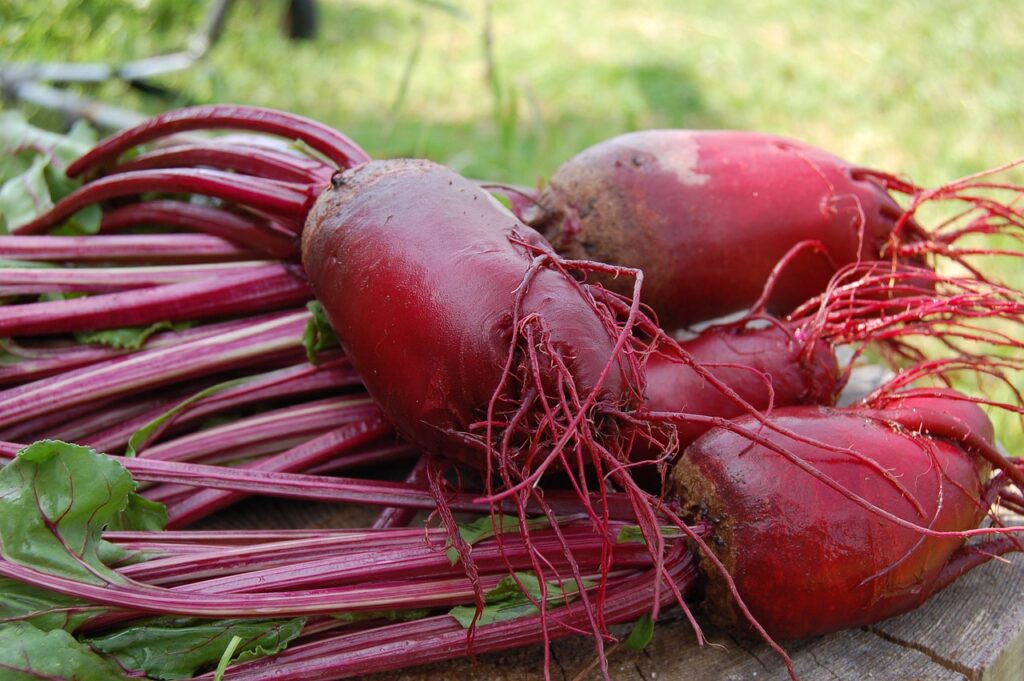
Beets can sprout at temperatures around 40°F (4°C). If the goal is to harvest beet greens rather than roots, winter sowing can be particularly effective, as the plants thrive in cooler temperatures.
Late summer or early fall is ideal for sowing beets for winter growth, to allow them to establish before harsh weather. Ensure that the soil is well-drained and enriched with organic matter to support healthy growth.
Use row covers or mulch to protect seedlings from extreme cold and prevent them from bolting due to unexpected temperature changes. Plant seeds about half an inch deep and ensure adequate spacing to allow for growth without overcrowding.
9. Radishes
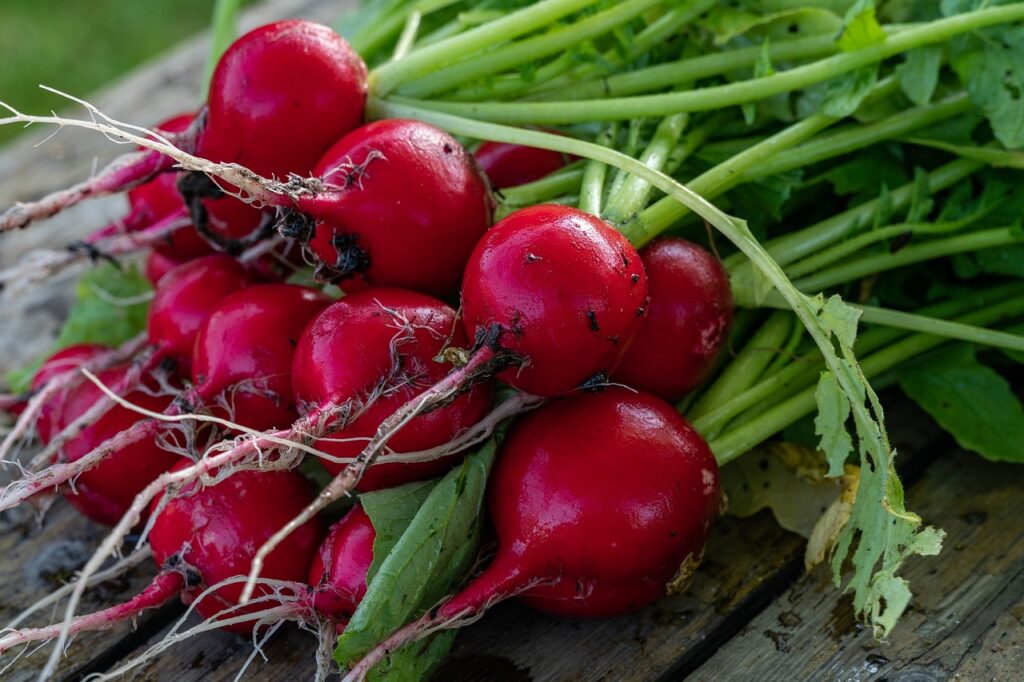
Radishes complete the list of the best vegetable seeds for winter sowing. They’re quick to mature and adapt well to cooler weather.Radishes can be harvested in as little as four weeks after the weather warms up when sown during winter
Plant radish seeds directly in well-drained soil, covering them lightly. Radishes are low-maintenance and don’t require much space, making them suitable for small gardens or containers.
Summary
Vegetable seeds for winter sowing offer an opportunity for beginner gardeners to extend their growing season and enjoy fresh vegetables even in the colder months. Many new gardeners assume that winter means a pause in planting.
These 9 best vegetable seeds mentioned provide a rewarding gardening experience as they germinate and grow in early spring.
Remember to pay attention to soil preparation, planting depth, and protection methods to ensure successful germination and growth.





